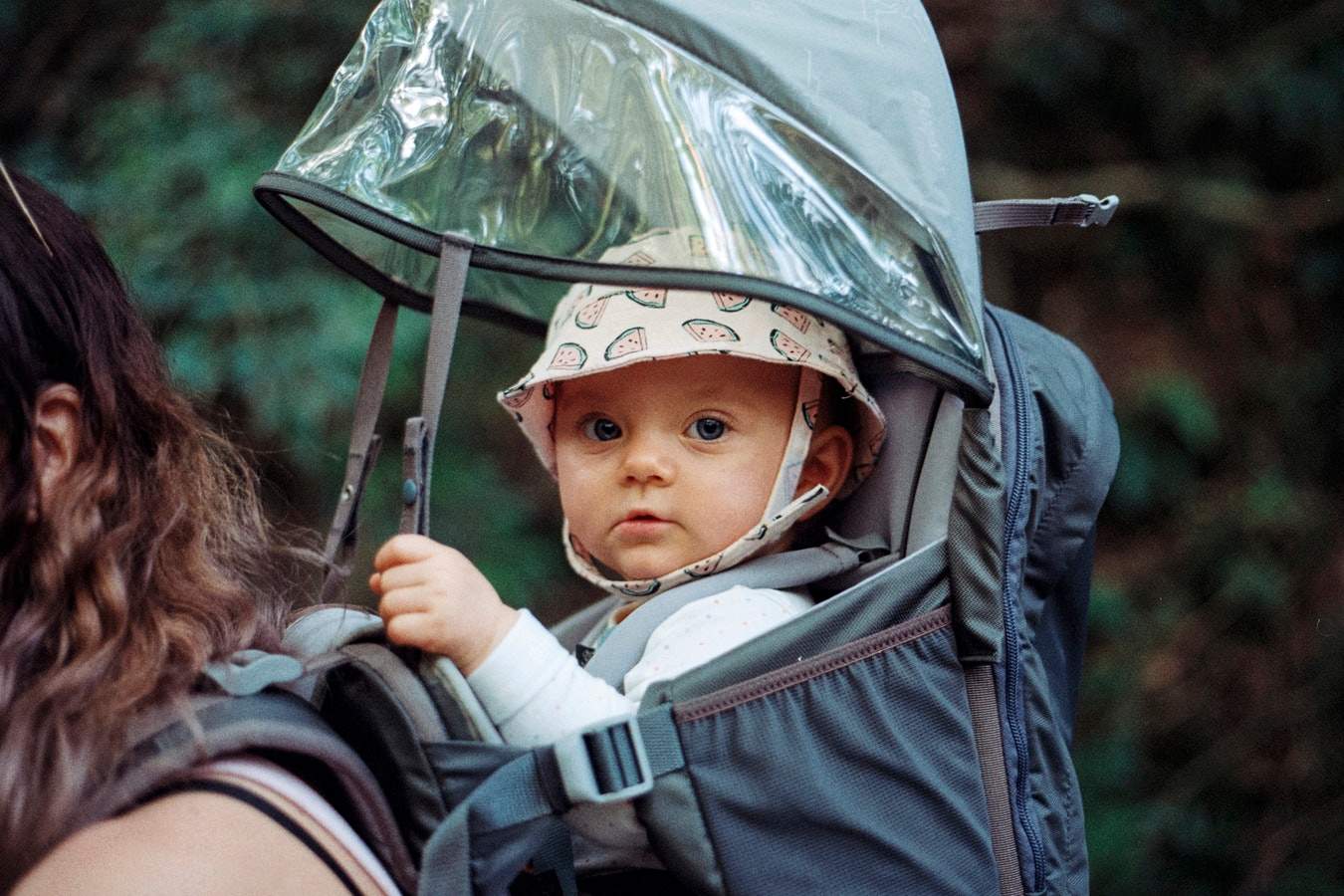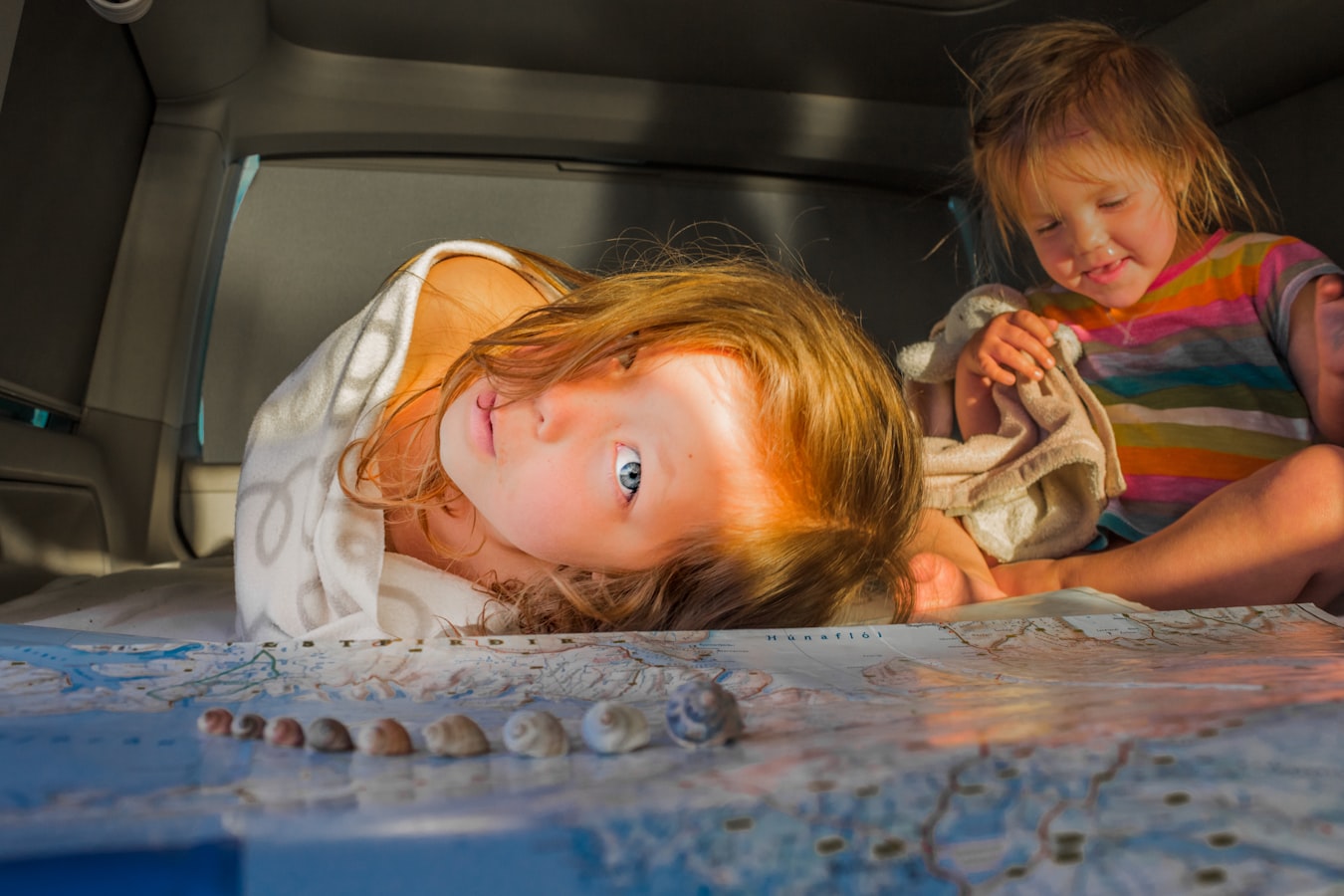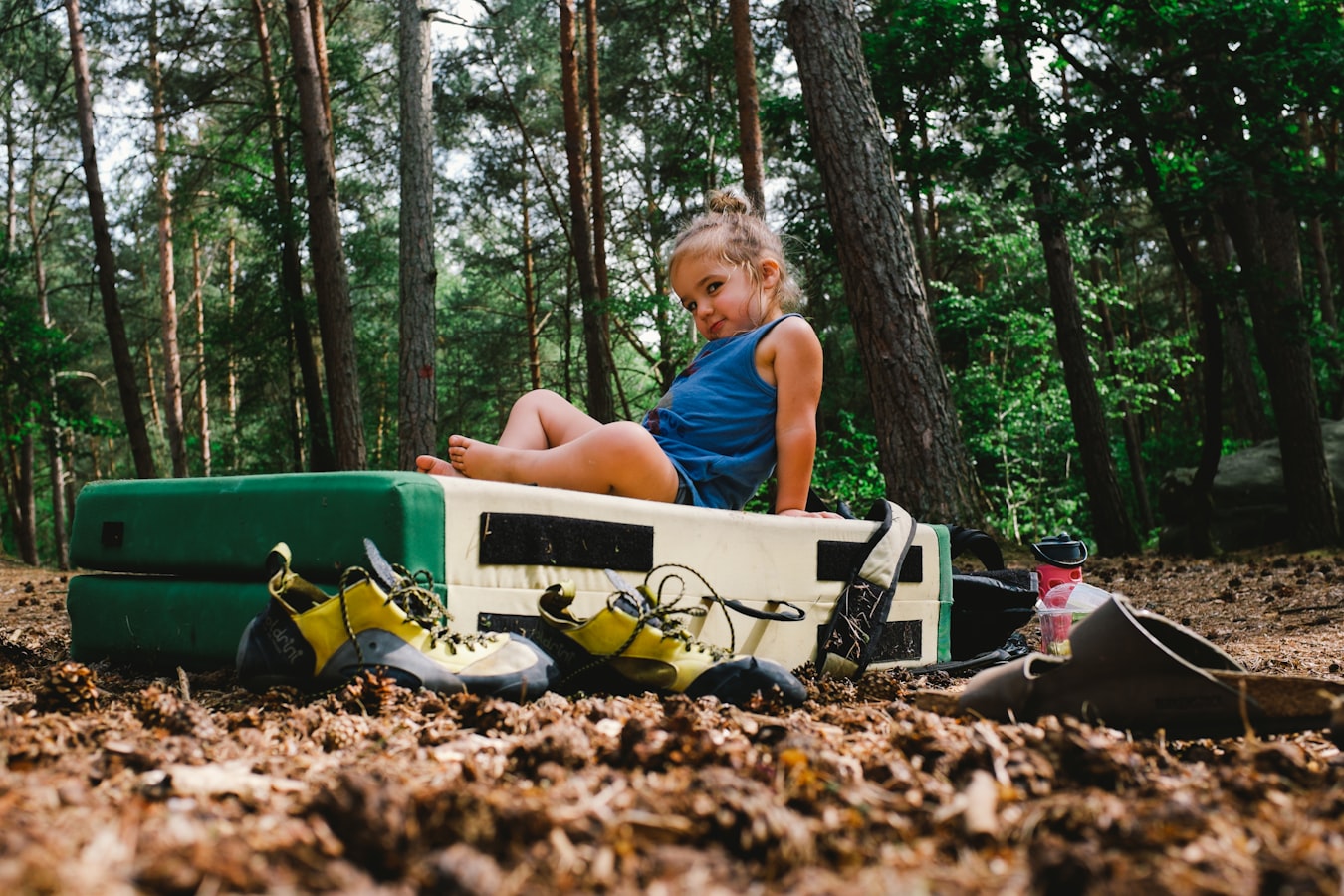“Enjoy it now while you can! You won’t be able to keep doing that once you have a baby!”
Sooner or later, most adventurous couples will hear something like this, usually from a well-meaning older friend or relative. For those who enjoy RV camping, there is no need to give this up when you add a new little person to your family.
Plenty of families have adapted their RVs to meet the needs of their youngest family member. There is no minimum age for baby’s first RV trip. Preparing your RV for a baby is not unlike preparing your house since most RVs offer all the comforts of home. The challenge is to find space-conscious solutions that meet the baby’s needs while leaving room for the rest of the family.
We’ve broken down what you’ll need by age group:
- RVing with Newborns (0-6 Months)
- RVing with Babies (6-9 Months)
- RVing with Babies (9-12 Months)
- Where to Put a Carseat (All Ages)
Many of these solutions should also be able to adapt as the baby’s needs change throughout the first year.

RVing with Newborns (0-6 Months)
Newborns are the easiest to accommodate as their needs at this age are quite simple. They need to be close to their parents, which is hardly avoidable in a small space. They also need to be fed and changed, and they need a safe place to sleep.
Feeding
If your newborn is breastfed then all you’ll need is a comfortable chair or sofa to sit on while nursing. If you are bottle-feeding, you can prepare bottles much the way you would at home.
Changing and Bathing
Newborns can easily be changed on a bed or sofa, so a changing table is not necessary. Use a changing mat or a towel to protect your sheets from any accidents.
Be sure to pack plenty of diapers and wipes, plus a few extra changes of clothes to use in the event of a blowout. Don’t forget plastic bags for soiled clothing, or a small bucket with a lid if you prefer to soak the clothes.
A collapsible baby tub could be helpful to have, but sponge bathing is certainly adequate, especially for short trips.
Sleeping
Newborns need a safe place to sleep, but they don’t require a lot of space. Until they start pulling themselves up, they don’t need a crib with high sides to keep them safe.
A baby nest is a great option that lets newborns sleep in an extra bed or sofa or co-sleep with their parents. A variety of travel bassinets are also available.
RVing with Babies (6-9 Months)
When your baby starts being mobile enough to pull herself up and crawl, additional adjustments should be made. Feeding, changing, and sleeping are still her primary needs, but meeting them looks a little bit different.
Feeding
Now that your baby is learning to eat solid foods, she needs a place at the table. A high chair would take up too much space, but a portable booster seat is a great option for the typical RV dinette.
Look for a booster seat that can also be used in camping chairs or fastened around a picnic table bench so that the whole family can enjoy eating outdoors together.
Changing
A changing mat or towel on a bed or sofa are still great options for changing diapers. Having all your changing supplies accessible in a diaper bag or basket is helpful.
Remember to stay with your baby at all times to prevent her from rolling or falling.
Sleeping
A baby who can pull herself up or crawl should sleep in a travel bed with taller sides. Avoid placing her bed on bunks that she could fall from.
A wide variety of travel cribs are available, so choose one based on size, portability, and ease of setup. You will want to get the largest crib that will fit in your space to avoid needing to replace it as your baby grows.
If you plan to use it outside for naps, be sure it is easily portable. If you’ll need to pack up the bed during the day to save space, choose a model that is quick and easy to set up.
RVing with Babies (9-12 Months)
As your baby begins the transition to toddlerhood, her needs change yet again. Most likely, she can continue to use the same booster seat, changing mat, and travel crib that she used when she was six months old.
As her curiosity and mobility both increase, remember to baby-proof your RV as much as possible.
Baby-Proofing an RV
Baby-proofing an RV can be a challenge. Look around at what will be within your baby’s reach as she learns to stand and walk. Just like in a house, take note of electrical outlets, low drawers, and cabinets.
Unlike your house, many RVs have electrical panels and carbon monoxide detectors right at a baby’s eye level, full of inviting switches, buttons, and lights. Outlet covers, safety latches, and baby gates can help prevent injuries, but there is no replacement for careful supervision, especially in an RV.
Traveling with a Baby in an RV
You should also plan ahead for travel days, most importantly, how your baby will be safely strapped in for the ride. Here’s some general road trip tips for traveling with a baby from YouTuber Mamasana.
Riding in a Motorhome
Not all motorhomes are built to allow proper installation of a car seat. Babies should always ride rear-facing in properly installed car seats.
Be sure to check for this before planning your trip. If your baby can’t ride in the motorhome safely, you’ll need to drive a separate car.
Trailers
Chances are good that a car seat can be safely installed in your tow vehicle. If your pickup truck does not have a back seat, the seat can be installed in the front seat as long as the airbags can be disabled.
Hit the Road with the Whole Family
With a little planning and creativity, your baby can safely and happily join you on your next RV adventure. There is no need to stop your camping adventures when you have kids, and there are plenty of reasons to continue. Introducing your children to camping early can instill in them a lifelong love of the outdoors. You’re sure to make many wonderful camping memories together as a family in the years to come!










